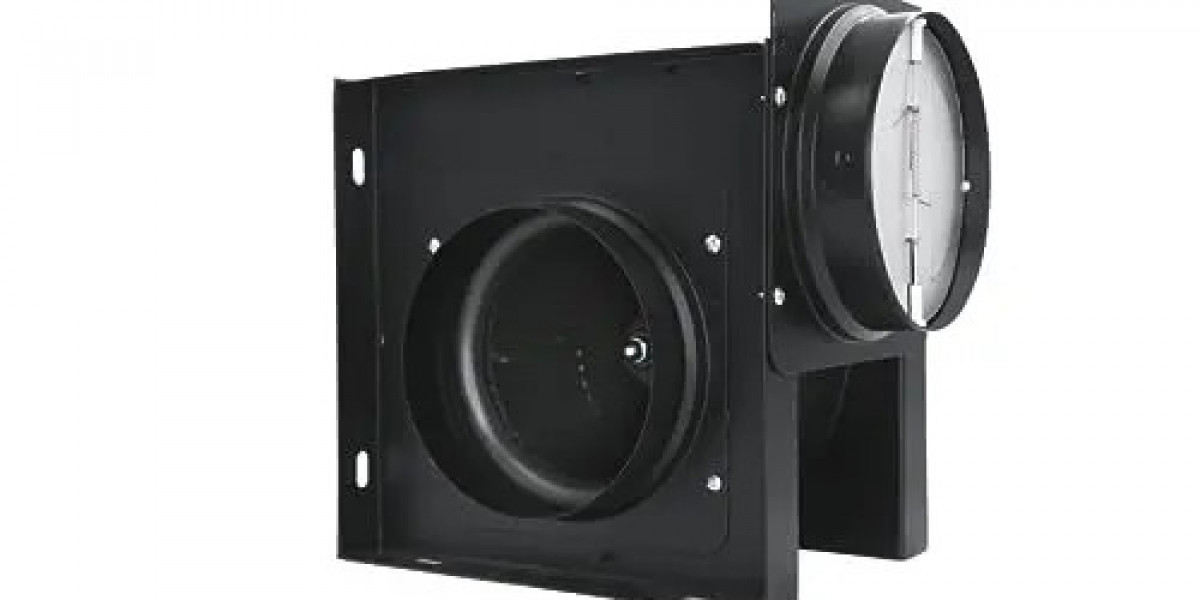A Kitchen Ventilation Fan plays a crucial role in maintaining air quality, removing cooking odors, and preventing grease buildup. Choosing the right size ensures efficient performance and optimal airflow. If your kitchen lacks proper ventilation, you might experience lingering smells, excess moisture, and even health issues caused by poor air circulation. This guide will help you determine the right size kitchen exhaust fan for your home.
Why Kitchen Ventilation Matters
Cooking produces smoke, grease, and airborne particles that can accumulate over time, making your kitchen uncomfortable. A properly sized Kitchen Exhaust Fan helps to:
- Remove excess heat
- Eliminate cooking odors
- Reduce moisture buildup
- Improve indoor air quality
Selecting the right fan size depends on multiple factors, including your kitchen size, cooking habits, and ductwork setup.
Factors to Consider When Choosing a Kitchen Ventilation Fan
1. Calculate the Required CFM (Cubic Feet per Minute)
The performance of a Kitchen Exhaust Fan is measured in CFM, which indicates how much air the fan moves per minute. To calculate the right CFM:
- For Range Hoods: A gas stove requires at least 100 CFM per linear foot of the stovetop. For example, if your stove is 3 feet wide, you need at least 300 CFM.
- For Wall-Mounted or Island Hoods: Multiply your kitchen volume (length x width x height) by 15 to get the required CFM.
2. Ducted vs. Ductless Kitchen Ventilation Fan
- Ducted Fans: These exhaust air outside the home and are more effective in eliminating smoke and odors.
- Ductless Fans: These recirculate air through a filter and are suitable for homes where external venting isn’t possible.
If possible, opt for a ducted Kitchen Ventilation Fan for better performance.
3. Types of Kitchen Ventilation Fans
- Inline Duct Fan: Installed inside the ductwork, offering quiet and efficient ventilation.
- Ceiling Mounted Fan: Ideal for homes with limited wall space, mounted directly on the ceiling.
- Under-Cabinet Fans: Installed under kitchen cabinets and suitable for compact kitchens.
- Wall-Mounted Fans: Perfect for kitchens with external walls for direct venting.
4. Fan Noise Levels (Measured in Sones)
A loud fan can be disruptive, especially in an open-concept kitchen. Look for fans with a sone rating between 1.5 and 4 for a balance of performance and noise control.
5. Energy Efficiency
An energy-efficient Kitchen Ventilation Fan can save electricity while maintaining optimal airflow. Look for models with an Energy Star rating or variable speed controls.
Conclusion
Selecting the right Kitchen Exhaust Fan involves considering kitchen size, CFM requirements, fan type, and noise levels. Whether you choose an inline duct fan, ceiling mounted exhaust fan, or another type, ensuring proper ventilation will improve your kitchen’s air quality and comfort. Additionally, integrating ventilation solutions like an ERV/HRV, Fresh Air unit, or domestic fan can enhance overall home air circulation. Brands like Astberg Ventilation offer high-quality ventilation solutions to meet your specific needs. Investing in the right kitchen ventilation system ensures a cleaner and healthier cooking environment.








